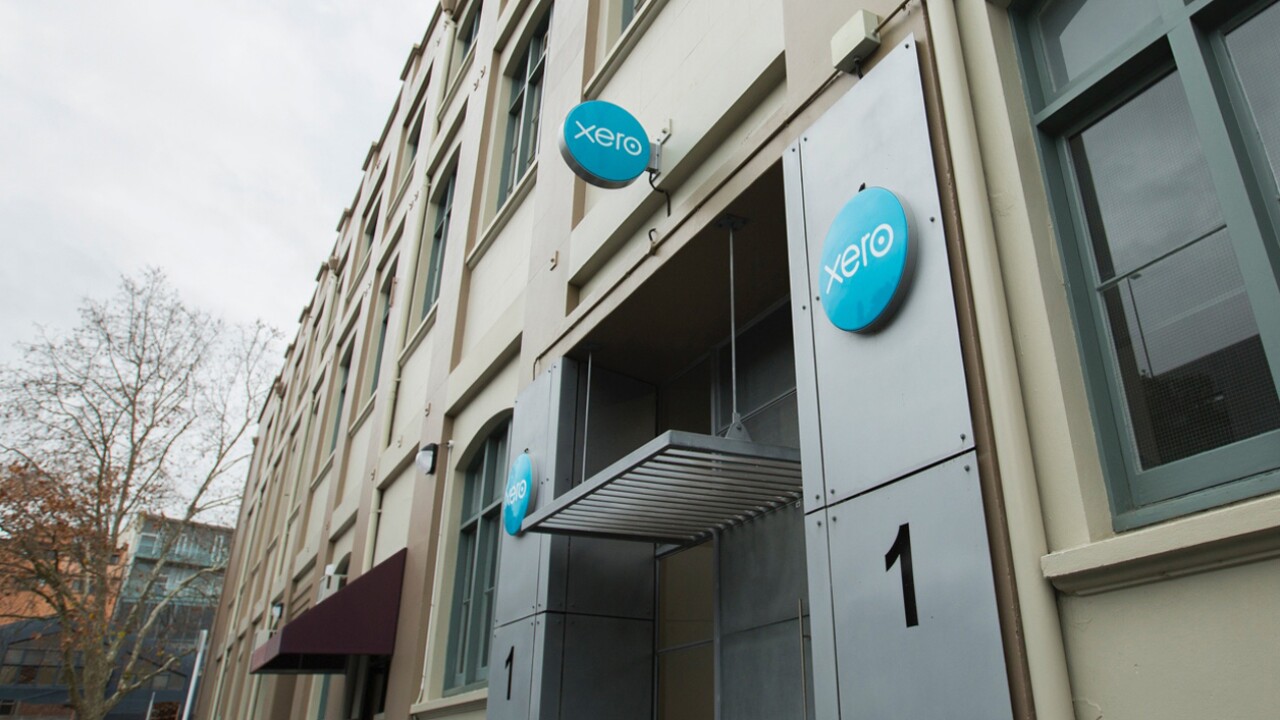Artificial intelligence has reached every corner of finance. From forecasting cash flows to detecting fraud, AI now does what once took teams of analysts weeks to complete. Yet, as recent incidents have shown, power without oversight can turn precision into liability. Recent missteps are making one thing clear: Technology only succeeds when matched with sound governance.
The conversation has moved beyond "can AI help finance professionals" to "how do we protect our integrity and use it responsibly?"
What oversight really means
Many organizations claim to have "Human in the Loop" controls — and hopefully it isn't just a checkbox. It's not simply about reviewing AI outputs and signing off. It's about understanding how the model thinks, where it's likely to fail, and when human judgment must take over.
A sound oversight framework should answer four questions.
1. What to review: Finance professionals need to move beyond using AI tools as black boxes and start understanding how those tools arrive at their insights. That means being aware of how data is processed, how algorithms make decisions, and where bias or false precision can occur. Without this, review becomes ceremonial, not corrective.
Do you know which models in your workflow are prone to drift? And what discussions happen when they do?
Some audit analytics platforms now make reasoning transparent. They show how each risk score or anomaly is derived and what factors influenced the result. When reviewers can see that logic, oversight becomes informed, not reactive.
2. Who should review: Oversight belongs to those who blend domain expertise with AI literacy. Seniority alone isn't enough. Pairing a controller who understands cash flow risk with an analyst who understands model behavior creates the most balanced view. One checks business logic, the other checks data logic.
This is where education and upskilling become essential. Tools that surface insights in plain language, map them to financial risk assertions, and link them to underlying data help close that skill gap. They let professionals apply expertise without needing to be full-time data scientists.
3. When to review: Timing should reflect risk. Routine automations can be checked periodically. But outputs that shape financial conclusions need continuous monitoring, from model setup to live execution and post-output validation. Oversight should scale with consequence, not convenience.
Do you review prompts before they're sent to the AI, or only the final results? In high-impact areas, waiting until the end may be too late.
4. How to review: Good documentation turns oversight into intelligence. Reviewers should record why they accepted or rejected an AI result, how judgment was applied, and what insights emerged. These reflections strengthen both human learning and model improvement.
Should reviewers reperform every calculation or use another AI to cross-check it? The point isn't repetition. It's rationale. Capturing the "why" strengthens governance and evidence.
The real challenge: Humans don't always know how to interact with AI
The biggest gap isn't in the models. It's in people. Most finance professionals were trained to interpret evidence, not interrogate algorithms. They can find an error in a balance sheet, but not in a data model. Without training, humans either over-trust AI or dismiss it completely. Both carry risks.
In a world where the lines between finance and technology are blurring, who do you turn to for guidance? Are we equipping professionals to engage responsibly, or simply retreating and calling it too dangerous?
Oversight only works when humans know how to ask sharper questions:
- What assumption drives this output?
- What data could mislead the model?
- What happens if we change the input logic?
Teaching professionals to think this way turns oversight into partnership, not policing. As finance leaders, you already know the outcomes you want AI to achieve. Lead with that purpose.
There's no turning back. AI will soon support nearly every process we touch. The better move is to ask harder questions of your AI vendors. That's how you uncover blind spots and decide where human intervention matters most.
We cannot wait for regulation to set every boundary. There will never be a rule for every use case. Professional judgment must lead the way.
From human in the loop to human in the lead
"Human in the Loop" ensures quality. "Human in the Lead" ensures accountability.
In finance, where decisions influence markets, investors and reputations, accountability must stay with the professional. AI can process faster, but it cannot take responsibility.
In a Human-in-the-Lead model, people define AI's purpose, set its boundaries and interpret its results. AI becomes an amplifier of judgment, not a substitute for it. Modern audit analytics systems already reflect this design. They score millions of transactions for risk, but humans decide what those scores mean in context. Oversight is built in. The human leads, the AI assists, and every review strengthens the process.
The new standard of oversight
As finance teams embed AI deeper into decision-making, the goal isn't just to keep humans in the loop. It's to keep them in command.
Think of it like traffic management. Oversight isn't about slowing cars down. It's about designing signals and guardrails so everyone can move faster and safer toward their destination. AI oversight works the same way. It cautions when to slow down, checks blind spots, and marks the lanes where acceleration is safe.
Platforms that combine transparency, explainability and human judgment show that finance can move faster responsibly, when accountability is built into the design.
AI will continue to evolve. The challenge for finance isn't about catching up. It's to lead the way.





